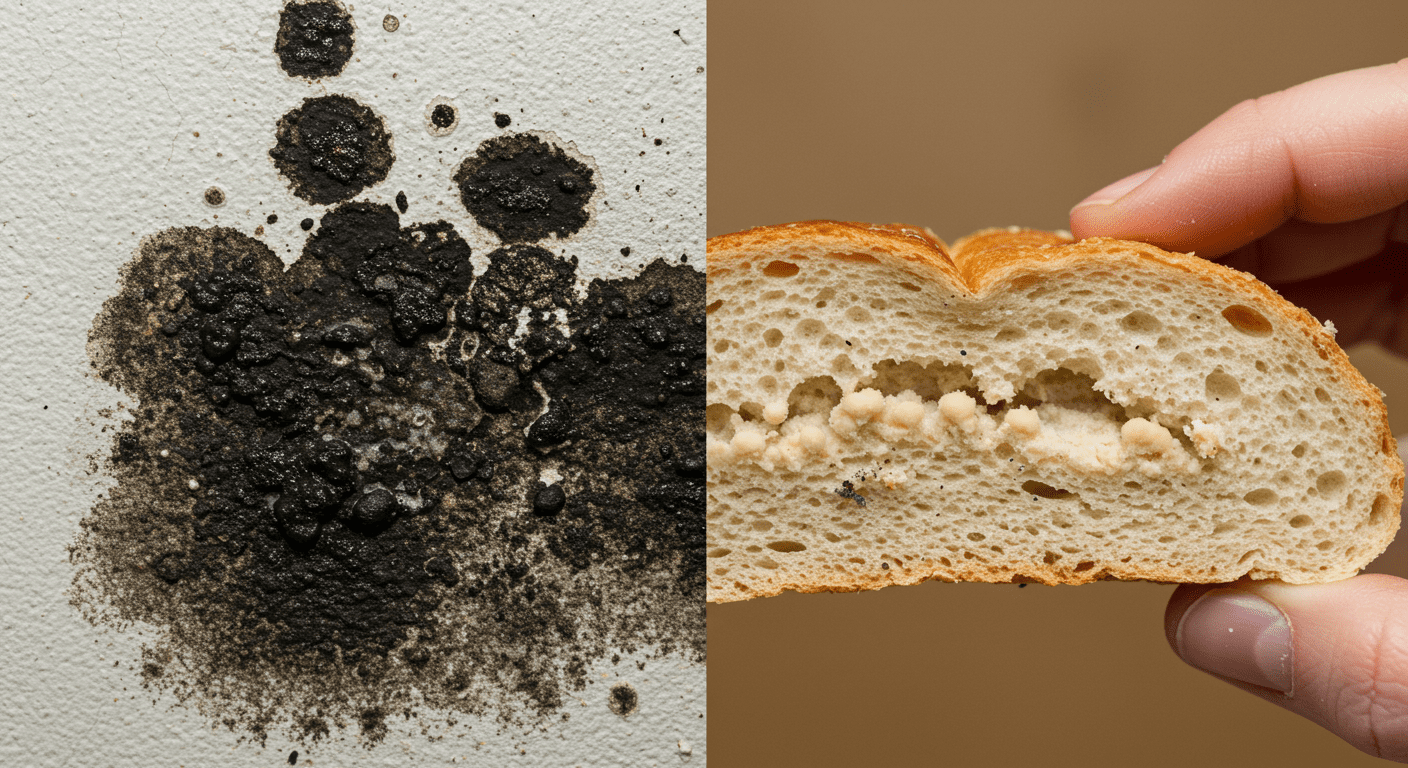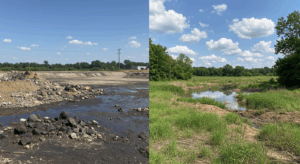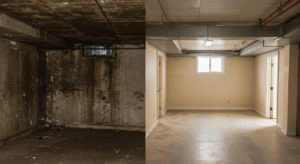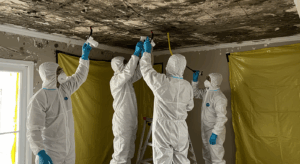Mold is a common household problem that can pose serious health risks if left untreated. Among the various types of mold, black mold often garners the most attention due to its reputation for being particularly harmful. But how does black mold differ from regular mold? This article will delve into the characteristics, health risks, and prevention strategies for both black mold and regular mold, helping you make informed decisions about mold management in your home.
What is Black Mold?
Black mold, scientifically known as Stachybotrys chartarum, is a type of toxic mold that thrives in damp, humid conditions. It is often black or dark green in color and has a slimy texture when wet. Black mold is notorious for producing mycotoxins, which can cause severe health issues when inhaled or ingested.
Characteristics of Black Mold
Black mold is easily identifiable by its dark coloration and musty odor. It typically grows on materials rich in cellulose, such as wood, drywall, and paper. Unlike other molds, black mold requires consistent moisture to thrive, making it a common problem in areas with water damage or high humidity.
Common Locations for Growth
Black mold is often found in areas prone to moisture, such as bathrooms, basements, and kitchens. Leaky pipes, flooding, and poor ventilation can create the perfect environment for black mold to flourish. Regular inspections and prompt repairs can help mitigate the risk of black mold growth.
Understanding Regular Mold
Regular mold encompasses a variety of mold species that are less toxic than black mold but can still cause health issues and property damage. Common types include Aspergillus, Cladosporium, and Penicillium. These molds are often found in homes and are usually less harmful than black mold.
Characteristics of Regular Mold
Unlike black mold, regular mold comes in a range of colors, including white, yellow, green, and blue. It often has a fuzzy or powdery texture and can grow on a variety of surfaces, including fabrics, carpets, and food. While less toxic, regular mold can still trigger allergic reactions and respiratory issues.
Common Locations for Growth
Regular mold is more versatile in its growth conditions and can thrive in both dry and damp environments. It is commonly found in bathrooms, kitchens, and areas with poor ventilation. Regular cleaning and moisture control are essential to prevent its spread.
Health Risks Associated with Black Mold and Regular Mold
Both black mold and regular mold can pose health risks, but the severity often depends on the type of mold and the individual’s sensitivity. Understanding these risks can help you take appropriate action to protect your health and home.
Symptoms of Exposure to Black Mold
Exposure to black mold can lead to severe health issues, including respiratory problems, chronic fatigue, and neurological symptoms. Common symptoms include coughing, wheezing, skin irritation, and headaches. Prolonged exposure can exacerbate existing conditions like asthma and allergies.
Symptoms of Exposure to Regular Mold
While less toxic, regular mold can still cause health problems, especially for individuals with mold sensitivities. Symptoms include sneezing, nasal congestion, itchy eyes, and skin rashes. In severe cases, regular mold exposure can lead to respiratory infections and other complications.
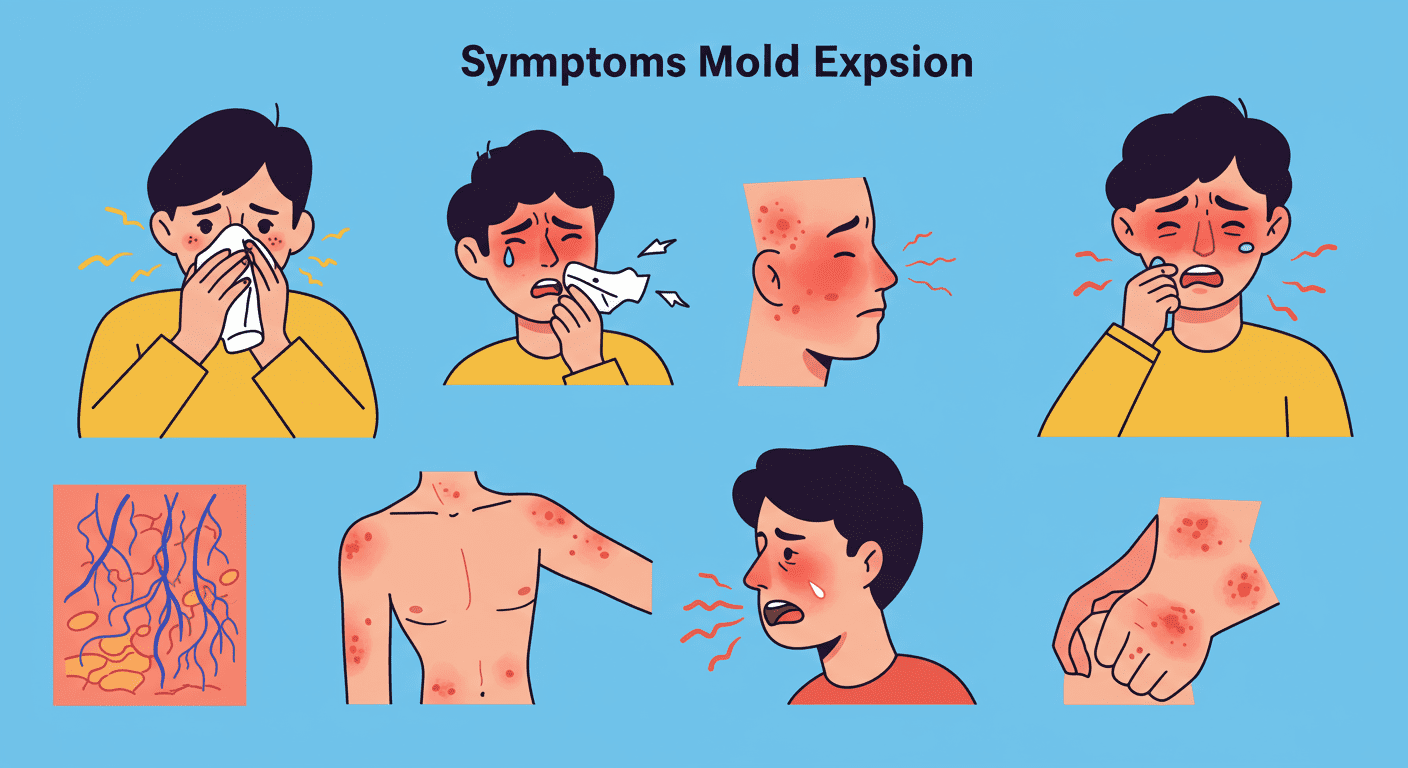
Effective Mold Removal and Prevention Strategies
Addressing mold issues promptly is crucial for maintaining a healthy living environment. Whether dealing with black mold or regular mold, effective removal and prevention strategies can make a significant difference.
Steps for Safe Mold Removal
- Identify the Source: Locate the source of moisture that is promoting mold growth.
- Wear Protective Gear: Use gloves, masks, and goggles to protect yourself during the removal process.
- Clean and Disinfect: Use a mixture of water and detergent to scrub mold off surfaces. For black mold, consider hiring professionals for safe removal.
- Dispose of Contaminated Materials: Remove and discard items that cannot be cleaned, such as carpets and drywall.
For professional assistance, consider reaching out to top mold testing companies in Newark, NJ for reliable inspection and remediation services.
Preventative Measures to Control Mold Growth
- Control Humidity Levels: Use dehumidifiers and air conditioners to maintain indoor humidity below 50%.
- Improve Ventilation: Ensure proper airflow in bathrooms, kitchens, and other moisture-prone areas.
- Fix Leaks Promptly: Repair leaky roofs, windows, and pipes to prevent water accumulation.
- Regular Cleaning: Clean and dry areas prone to mold growth, such as bathrooms and basements.
For more tips on mold prevention, check out this essential guide to mold inspection after water damage.
Conclusion
Understanding the differences between black mold and regular mold is essential for effective mold management. While black mold is more toxic and requires immediate attention, regular mold can also pose health risks if left unchecked. By identifying the type of mold, addressing the source of moisture, and implementing preventative measures, you can protect your home and health from the dangers of mold.
For expert assistance, explore top-rated mold removal companies in Atlantic City, NJ to ensure safe and effective solutions.
